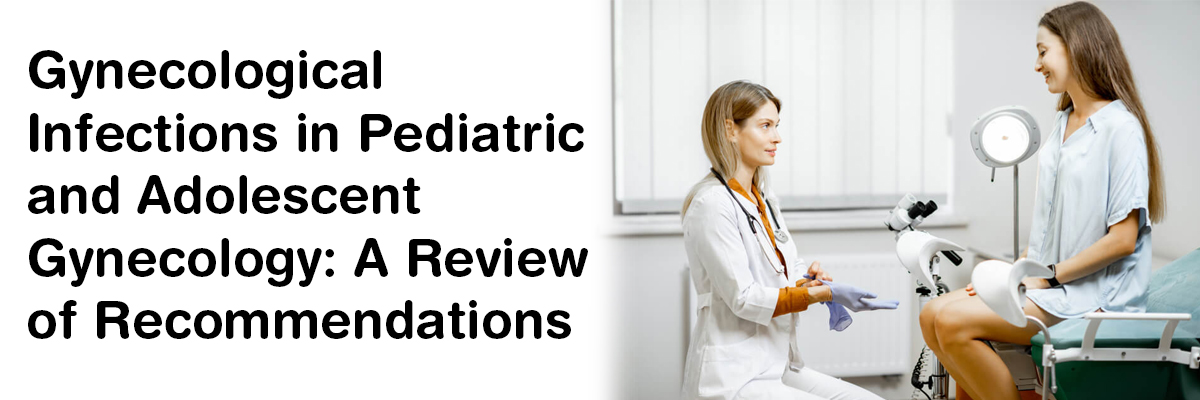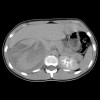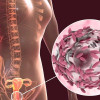
 IJCP Editorial Team
IJCP Editorial Team
Gynecological infections in pediatric and adolescent gynecology: a review of recommendations
Inflammation within the genital organs in women remains a crucial issue in gynecology and venereology. Understanding the factors contributing to the inflammatory process and the role of defense mechanisms against their occurrence will help in its prevention and treatment. It is particularly seen in pediatric gynecology, where inflammatory diseases of the vulva, dermatoses, injuries and the effects of possible sexual harassment may overlap.
Vulvar and vaginal infections are the most common gynecological problem among patients, regardless of age. In girls, especially before the onset of menarche, nearly 75% of all gynecological illnesses are vulvovaginitis which may be due to the age of the child, systemic diseases, or early sexual activity or sexual harassment, among other causes.
Parasitic infections like that caused by Pinworms are especially observed in the school-age, which are characterized by eczema and scratches, vulvitis. There may be even mucus-purulent discharge from the vagina.
Another parasite as Human worm (Ascaris lumbricoides) causes delayed physical and mental development, increases nervous excitability and insomnia. They cause burning and itchy hives on the vulva and perineum with purulent-bloody discharge, rhinitis, facial swelling, coughing and bleeding from the upper respiratory tract.
Pubic louse cause itching and burning, and local inflammation.
Gonorrheal infection is a less common infection and occurs as a consequence of contact with people infected with gonorrhea (both symptomatic and asymptomatic) or contact with infected hygiene items or as a result of sexual abuse. It causes significant swelling and redness of the vulva. The vaginal part of the cervix is inflamed, with a thick, green and purulent vaginal discharge, which increases volume with pressure on the lower abdomen.
Chlamydia trachomatis infection occurs through direct contact with the mucosa through sexual, anal or oral contact. The risk factors are pregnancy, cervical ectopy or the use of hormonal contraception, which may bring changes in the vaginal part of the cervix, invasive diagnostic tests or other urogenital infections that facilitate Chlamydia trachomatis infections. They are present with wide symptoms according to the areas infected and are treated accordingly.
Human papillomavirus (HPV) is the most common sexually transmitted virus. Testing for the presence of E6 and E7 HPV mRNA transcripts, facilitates detection of the beginning of the carcinogenesis process by detecting persistent infections, not only those active at the time of the test. The presence of mRNA in the cells of the cervical epithelium reveals a high risk of developing dysplasia and/or cervical cancer within several years.
SOURCE- Plagens-Rotman K, Drejza M, Kędzia W, Jarząbek-Bielecka G. Gynaecological infections in paediatric and adolescent gynaecology: a review of recommendations. Postepy Dermatol Alergol. 2021;38(5):734-739. doi:10.5114/ada.2021.110084

IJCP Editorial Team
Comprising seasoned professionals and experts from the medical field, the IJCP editorial team is dedicated to delivering timely and accurate content and thriving to provide attention-grabbing information for the readers. What sets them apart are their diverse expertise, spanning academia, research, and clinical practice, and their dedication to upholding the highest standards of quality and integrity. With a wealth of experience and a commitment to excellence, the IJCP editorial team strives to provide valuable perspectives, the latest trends, and in-depth analyses across various medical domains, all in a way that keeps you interested and engaged.





















Please login to comment on this article